Forged in felt Fashion-forward but stymied by metal allergy, Tijen Roshko uses wool to create a new gold-standard of accessories
Read this article for free:
or
Already have an account? Log in here »
To continue reading, please subscribe:
Monthly Digital Subscription
$0 for the first 4 weeks*
- Enjoy unlimited reading on winnipegfreepress.com
- Read the E-Edition, our digital replica newspaper
- Access News Break, our award-winning app
- Play interactive puzzles
*No charge for 4 weeks then price increases to the regular rate of $19.00 plus GST every four weeks. Offer available to new and qualified returning subscribers only. Cancel any time.
Monthly Digital Subscription
$4.75/week*
- Enjoy unlimited reading on winnipegfreepress.com
- Read the E-Edition, our digital replica newspaper
- Access News Break, our award-winning app
- Play interactive puzzles
*Billed as $19 plus GST every four weeks. Cancel any time.
To continue reading, please subscribe:
Add Free Press access to your Brandon Sun subscription for only an additional
$1 for the first 4 weeks*
*Your next subscription payment will increase by $1.00 and you will be charged $16.99 plus GST for four weeks. After four weeks, your payment will increase to $23.99 plus GST every four weeks.
Read unlimited articles for free today:
or
Already have an account? Log in here »
Hey there, time traveller!
This article was published 24/05/2024 (578 days ago), so information in it may no longer be current.
To see the inside of Tijen Roshko’s studio is to have a peek inside her brain.
Her space on the third floor of the St. Norbert Arts Centre is organized chaos. Lining the walls are orderly stacks of bins containing wool felt pieces sorted by colour and shape, all designed to meticulously interlock together in a way that makes logical, mathematical sense.
But once those pieces are assembled, they are anything but straightforward. Sculptural Elizabethan collars. High-drama single earrings with collarbone-skimming details. A bold red bucket bag that looks as though it’s been woven together from amaryllis.
MIKE DEAL / FREE PRESS Kolye TJN founder Tijen Roshko uses wool to create a new gold-standard of accessories.
Throughout her studio you’ll find pops of colour and creativity, a physical manifestation of synapses firing.
Roshko is an associate professor in the department of interior design at the University of Manitoba. She is also the founding designer of Kolye TJN, a sustainable fashion brand specializing in wearable works of art for all genders, ages and body types.
These pieces sit at various intersections: traditional and modern, art and science, form and function, nature and architecture.
MIKE DEAL / FREE PRESS Tijen Roshko came to the University of Manitoba from Turkey in the 1980s. There she met her husband.
Roshko’s foray into fashion design began with a relatable practical concern: she had nothing to wear. Specifically, she had no accessories to wear. She has a metal allergy that rules out most accessories that aren’t pure gold or silver.
“I was really getting tired of not finding any alternatives, or alternatives to wear particularly closer to your skin,” she says. “I hadn’t worn earrings for years.”
And so, Roshko created a piece from felt, experimenting with folding and looping it until she came up with a design she liked.
“I wore it to go out for dinner one night, then basically everybody in the restaurant ended up coming and asking where I got it.”
But making something satisfied another, bigger longing in her life. After that dinner, her husband gently pointed out that she hadn’t done anything creative in a long time.
“And I said, ‘You know, you’re right,’” she says. “Reading and writing and academic work has a beauty of itself. But actually using your hands and creating something from scratch is a valuable piece that nurtures the soul, makes you more happy with the world and in tune with the world.”
“Reading and writing and academic work has a beauty of itself. But actually using your hands and creating something from scratch is a valuable piece that nurtures the soul, makes you more happy with the world and in tune with the world.”–Tijen Roshko
Roshko’s own hands, adorned with a bright red polish, are almost never still, whether she’s folding felt or paging through her many sketchbooks, all bursting with ideas, drawings and equations.
“All kinds of beautiful things come from making and doing with your hands.”
Once upon a time, Roshko had designs on becoming a scientist. She came to the University of Manitoba from Turkey in the early 1980s to earn her master’s degree in nuclear physics.
She met her husband and decided to stay in Canada. But she wasn’t sure about settling down in her field. She wanted to nurture her artistic side.
“I went into the interior design department and said, ‘I have this degree but I don’t have any other portfolio to show you,’” she recalls.
The dean at the time took a chance on her and admitted her to the program, but told her he’d be watching her. “And I thought, ‘Oh my god, look at the pressure I am under now,’” she says.
“But the first day in the studio, it was just like that missing brick fit right there.”
After she finished that degree, Roshko spent most of the 1990s working as an interior designer in Minneapolis, until 2000, when she returned to work in Winnipeg. She became a tenure-track professor at her alma mater in 2005. (Roshko won’t reveal her age, only saying “it is a mature age.”)
In early 2020, the seeds for Kolye TJN were planted. Kolye is Turkish for “necklace”; TJN is Tijen’s name after a Berlin artist friend of hers suggested she knock out the vowels.
MIKE DEAL / FREE PRESS Tijen Roshko's Kolye TJN line includes necklaces, collarbone-skimming earrings and a bold red bucket bag that looks as though it's been woven together from amaryllis.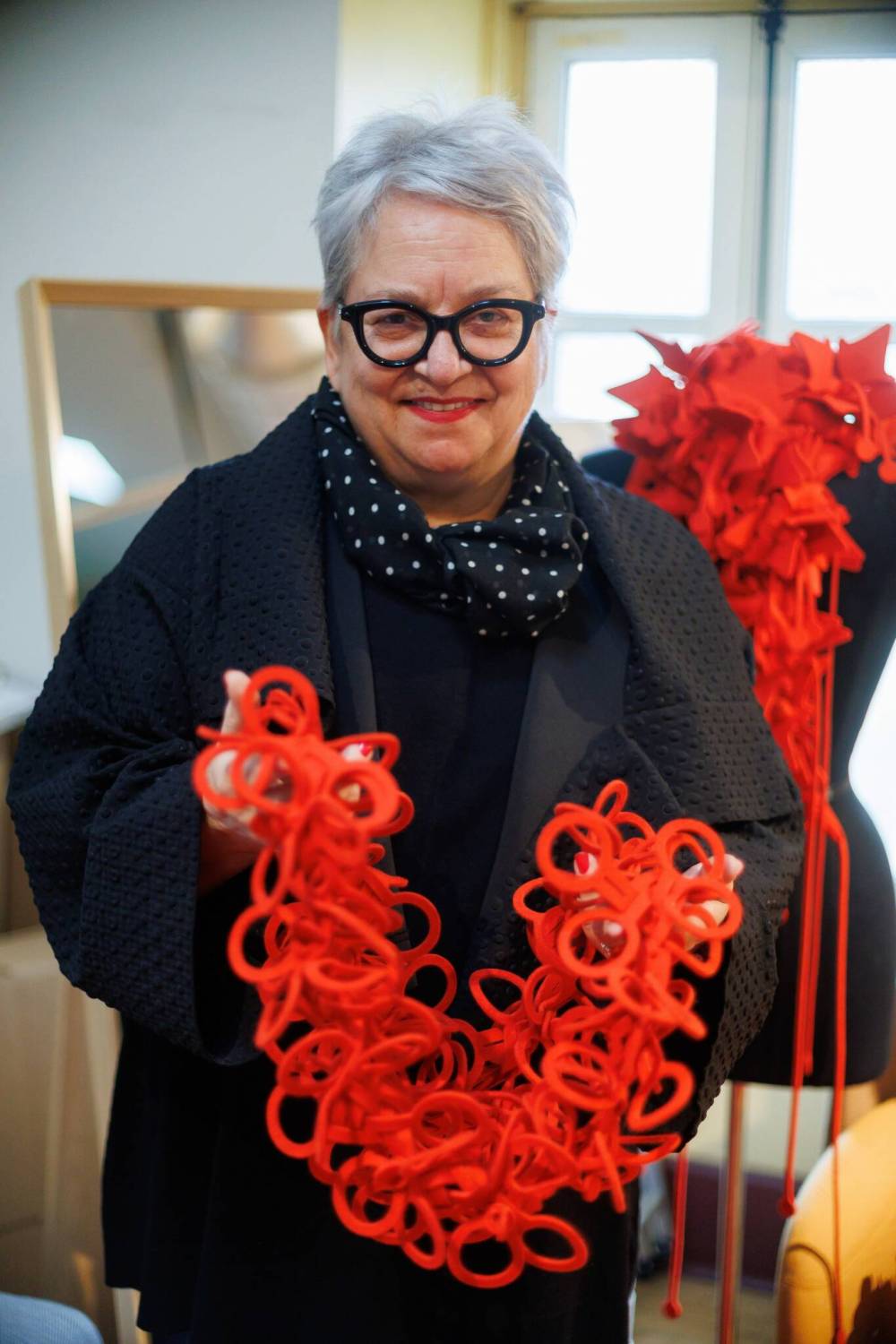
Roshko believes you can’t get where you want to go alone. So she brought on one of her former students, Angie Kwon, who wanted to keep working with Roshko after she graduated with her masters in interior design during the pandemic.
“I was like, ‘The world is your oyster, go!’” Roshko says. “And she said, ‘No, I want to do this.’”
Kwon, 29, says Roshko is not only her mentor, but is like family.
“She came to my citizenship ceremony,” says Kwon, who came to Winnipeg from Seoul when she was in Grade 12.
While Roshko would say Kwon is an indispensable part of Kolye TJN, Kwon demurs.
“She is definitely the brand,” she says of Roshko. “She is the queen. She is the energy. She generates all the inspiration.
“I’m her right-hand man, kind of. I think she makes me sound cooler than I am.”
Kolye TJN pieces are made from 100 per cent pure, naturally dyed wool felt sourced from Ontario. Roshko and Kwon’s creative challenge was to figure out how to construct their wearables with no sewing, no gluing and no metal, save for the hypoallergenic backings — tested by Roshko herself — she had sourced for the earrings; only individual pieces of perfectly interlocking wool felt meant to compose a functionable, fashionable whole.
MIKE DEAL / FREE PRESS On a recent visit, Tijen Roshko's hands were rarely still, whether folding felt or paging through pages bursting with ideas.
There’s some math involved in this: the two must figure out how many felt pieces and connections are required to create each necklace, hat, bag, vest, train and collar.
It takes about six months to take a piece from initial design to completion. The design for each piece that will compose, say, a necklace, is first drawn flat then laser cut onto paper. A prototype of the necklace is then created out of the paper pieces, before they are cut out of felt.
Kwon’s department is minute details. When she’s making the digital drawings for the pieces, for example, she has to account for the fact that the felt has a three-millimetre thickness so that they can fold the way they’ve imagined.
Roshko and Kwon initially experimented with laser-cutting the felt in the Fabrication Lab at U of M, but there was a problem: it burned the wool, and singed wool smells terrible.
“We were stinking up the whole department, but nobody complained,” Roshko says with a laugh.
“We just gradually learned our material, gradually learned everything,” she says. “And then we started to move into a prototype level. Now we have customer-worthy pieces.”
MIKE DEAL / FREE PRESS An invitation-only fashion show of Kolye TJN precision-cut wool felt accessories has created buzz for founder Tijen Roshko and Angie Kwon.
Kolye TJN’s pieces are now cut with a proprietary digital blade by a Canadian company. Everything else — from the initial design to the assembly — is done by hand in small batches by Roshko and Kwon.
“I didn’t want to take this job outside the province or outside the country to get it assembled cheaply,” Roshko says. The pieces range in price from $40 to over $1,000, depending on the size and intricacy of the design.
While Kolye TJN is primarily an e-commerce business, Roshko is a tactile person, so she understands customers wanting to see what the pieces feel like, which is why studio appointments are available.
An invite-only fashion show at the beginning of the month has created buzz, and the pair are planning some in-person pop ups as well. (Also, students in the faculty of architecture at the U of M are invited to experience the design and production process through a co-op program.)
Roshko finds inspiration in nature, from the garden to under the sea (the next line will be ocean-inspired). “It’s the greatest teacher,” she says.
“Can’t” isn’t in Roshko’s vocabulary, Kwon says.
“She just keeps throwing these big ideas out. And instead of saying, like, ‘No, we’re a small company, we don’t need that’, it’s like, ‘OK, let’s see how we can make this happen.’
“And it’s like that when it comes to our drawings as well. She’s like, ‘I’m looking at this sea urchin.’ And she’ll scribble something and then toss it to me, like, ‘Make it happen,’” Kwon says with a laugh.
Roshko’s science background helps root her artistic impulses.
“My work was always well balanced in both ways,” she says. “And there’s some certain level of rationality in the work. It is not all emotion; something functional anchors it properly.
“I’m giving you a ball bag with beautiful flowers — but it works.”
jen.zoratti@winnipegfreepress.com
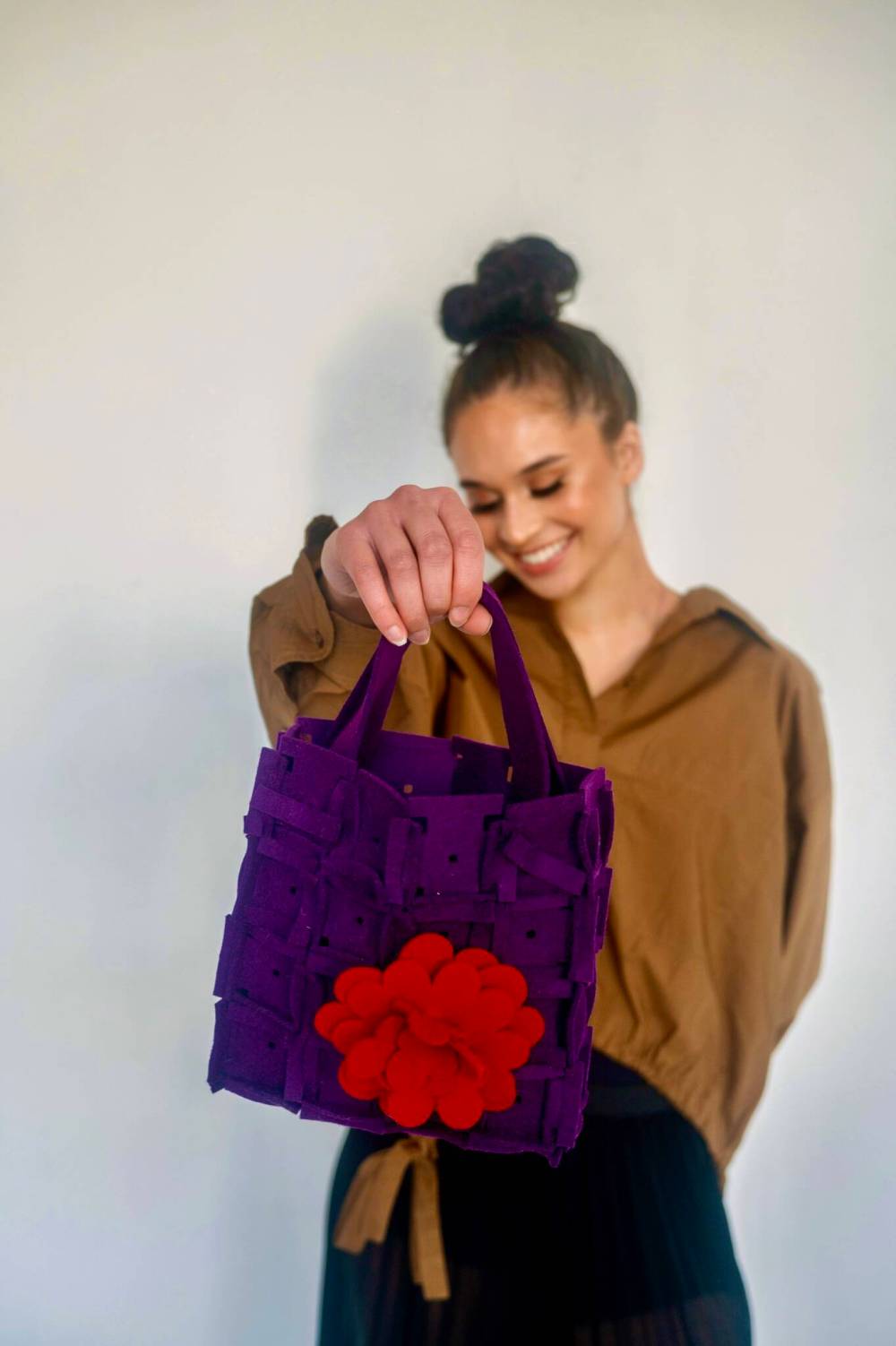
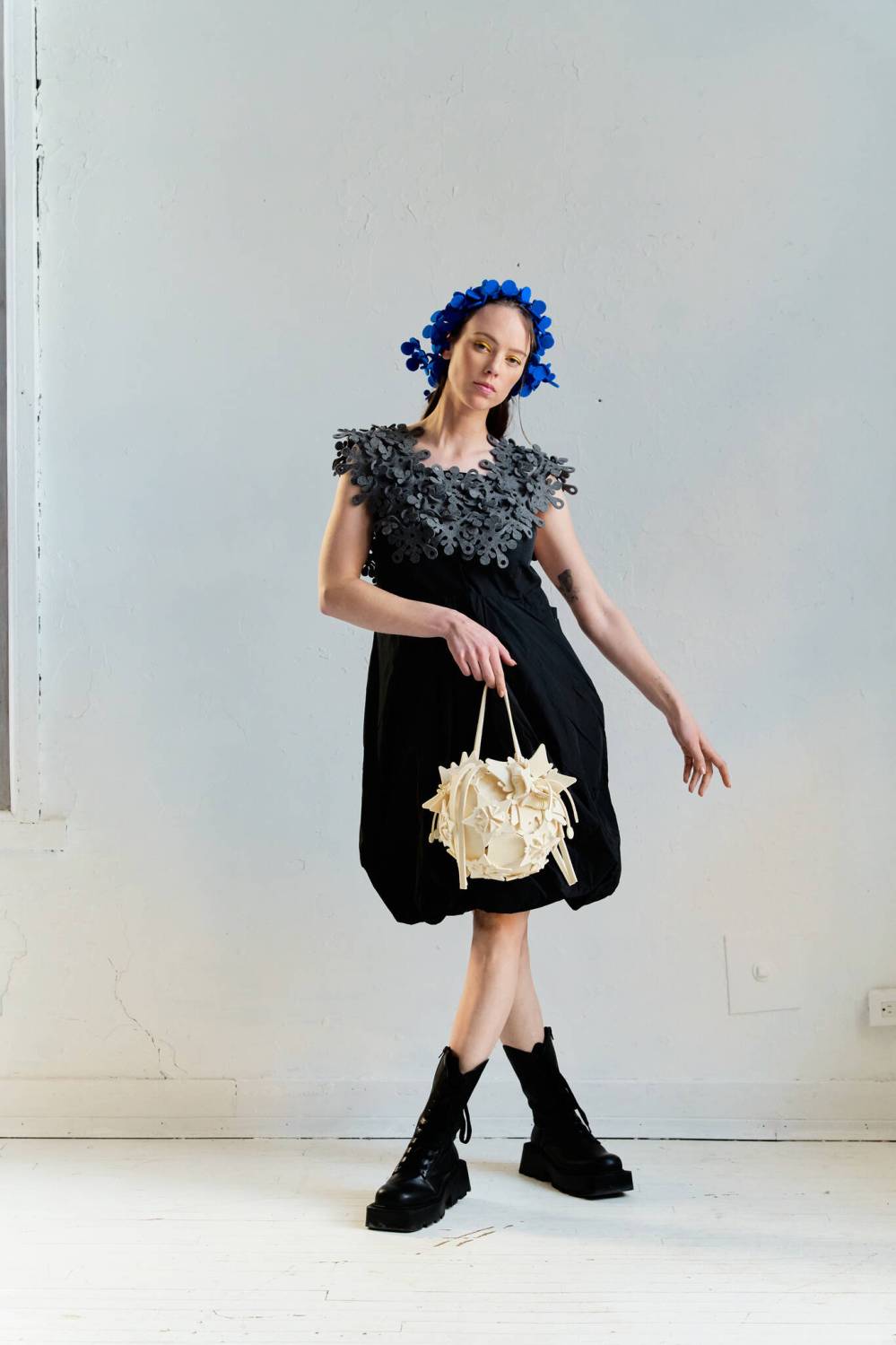
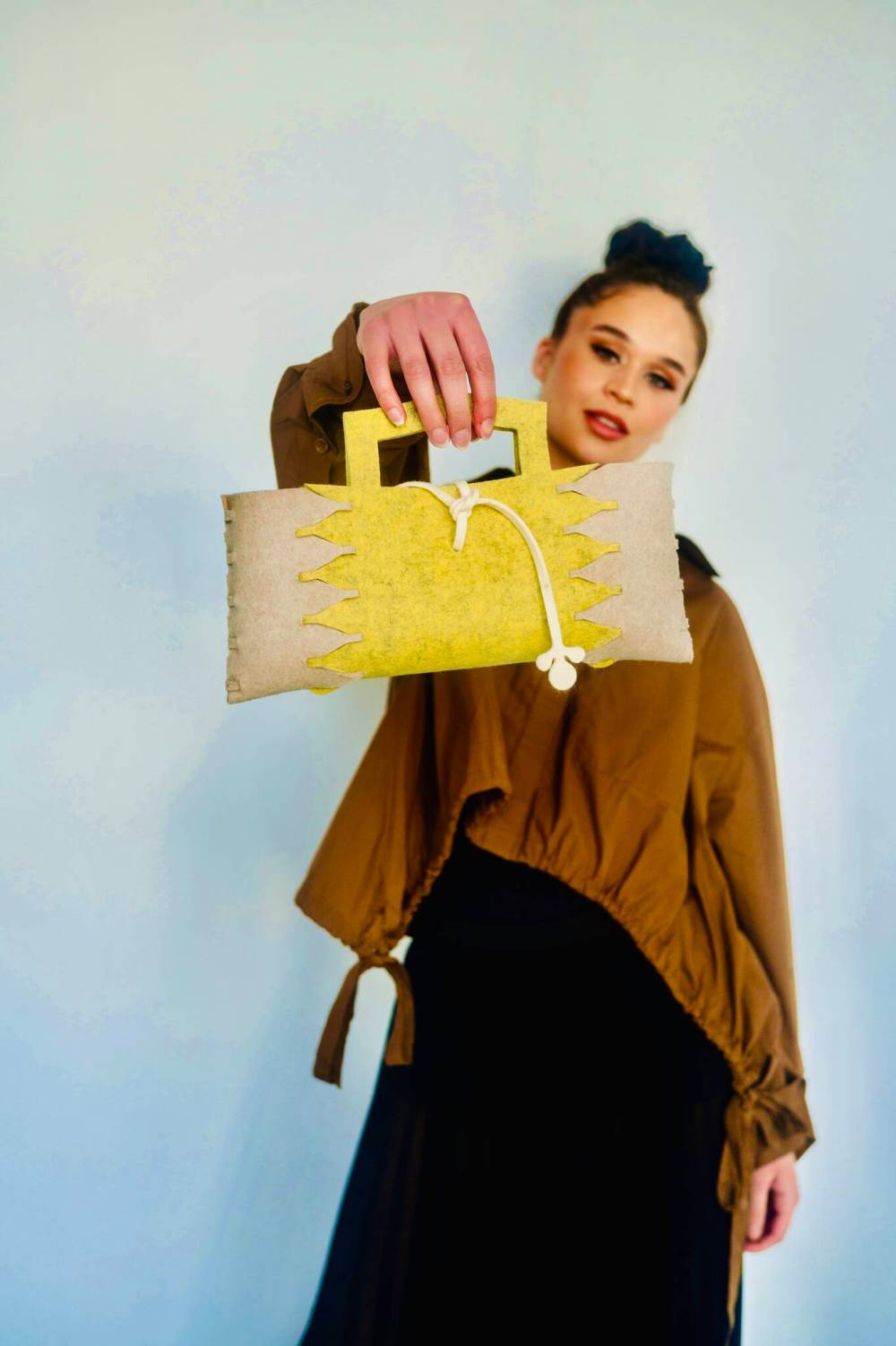
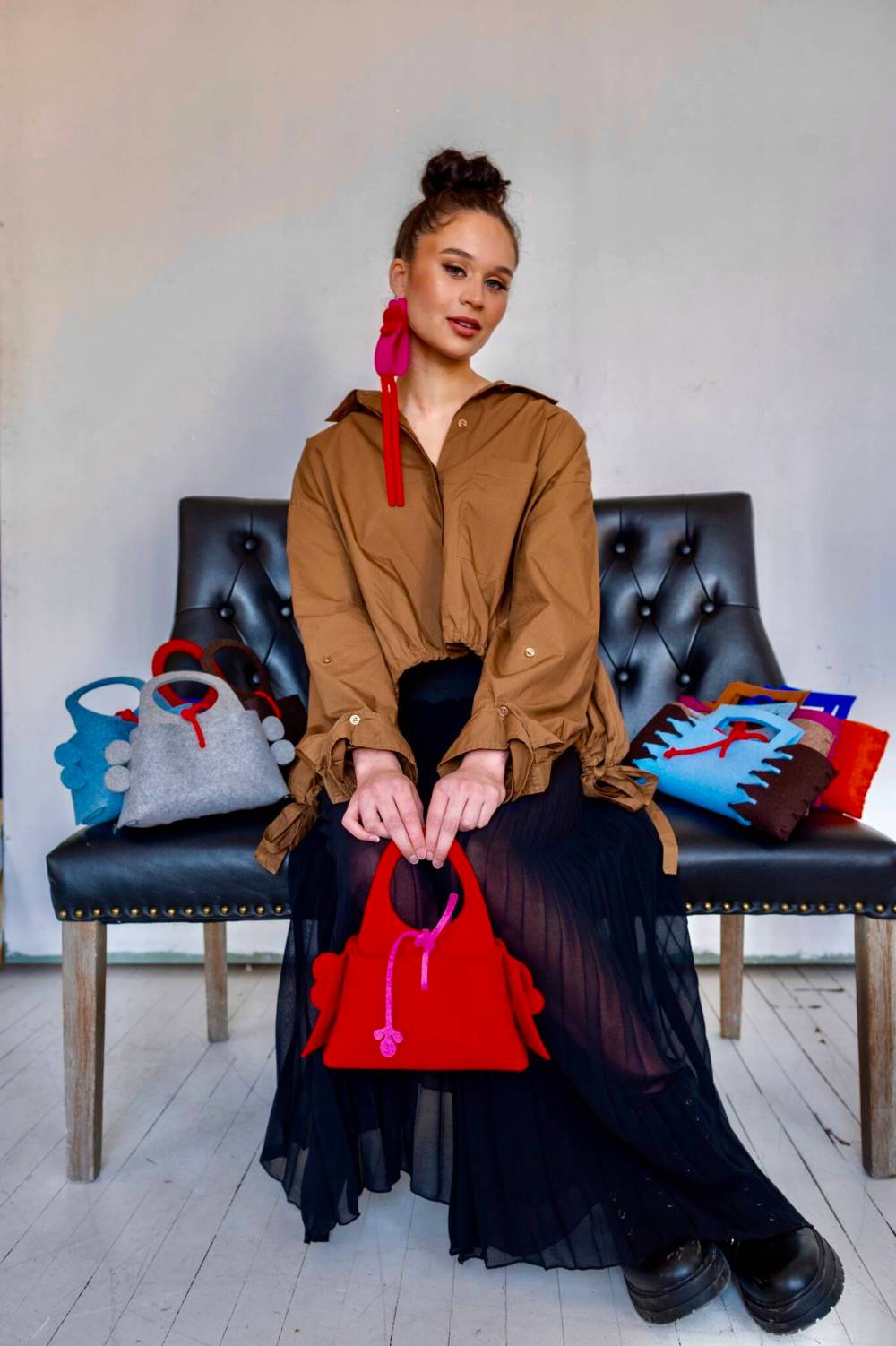
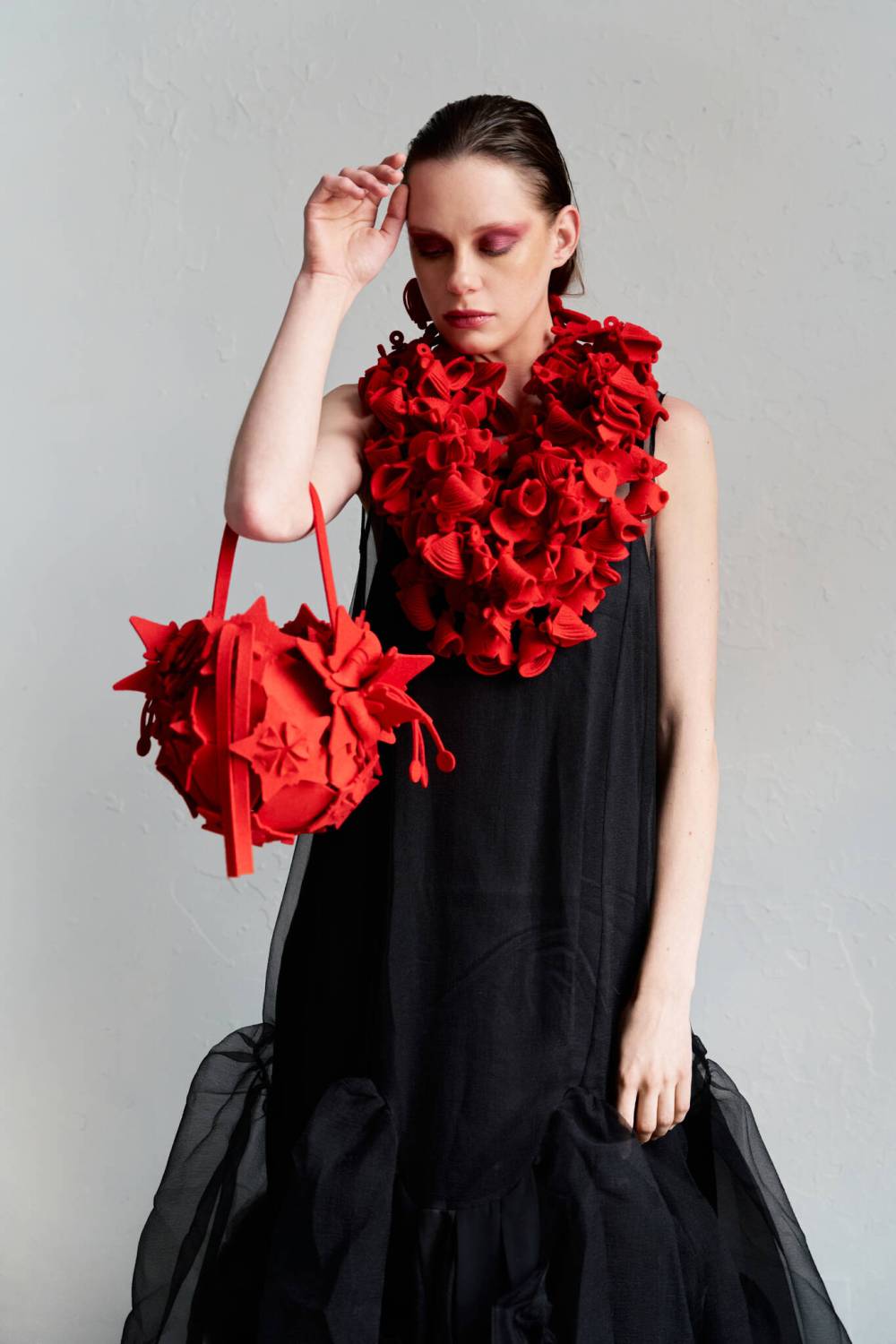
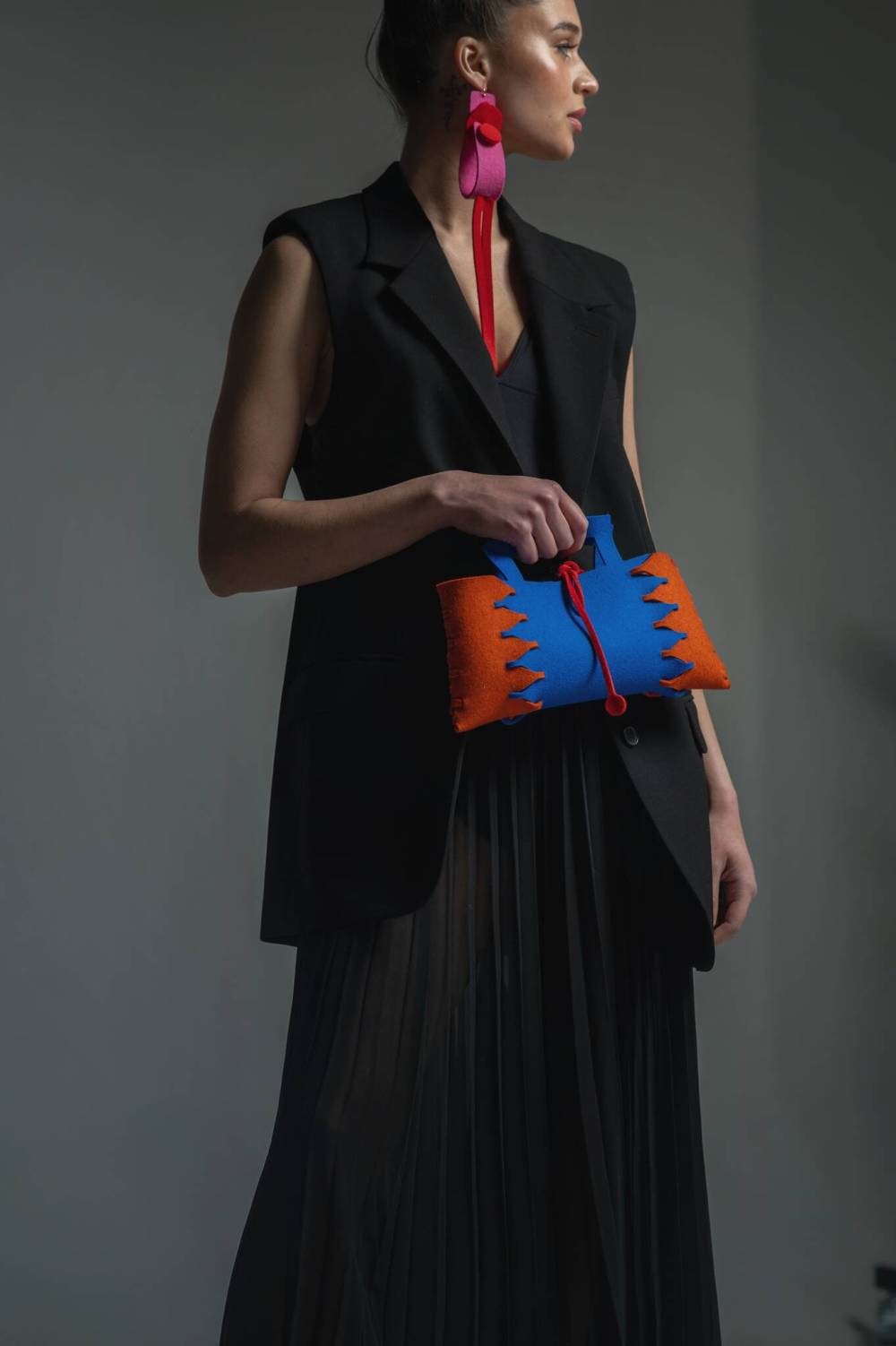

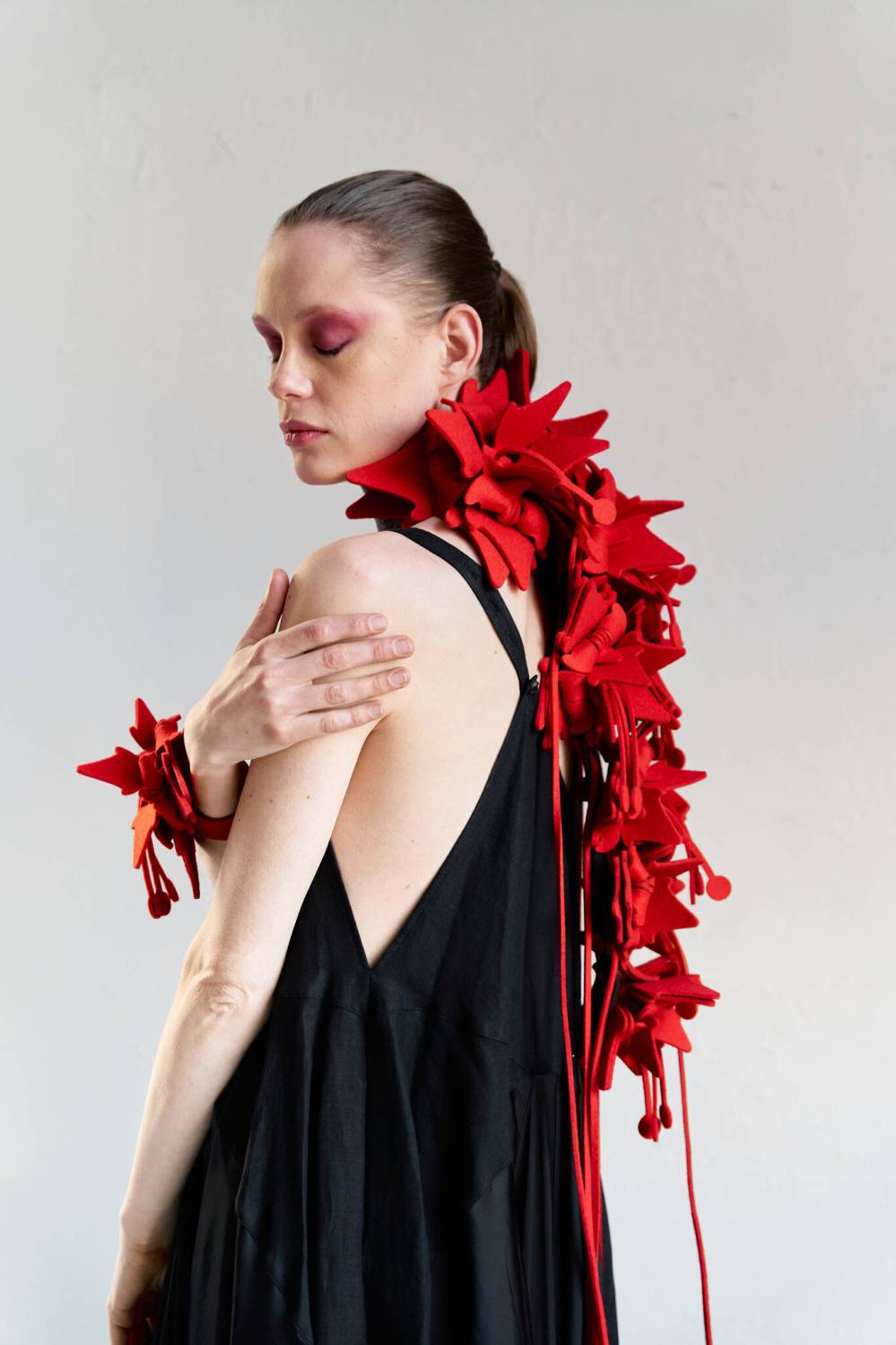
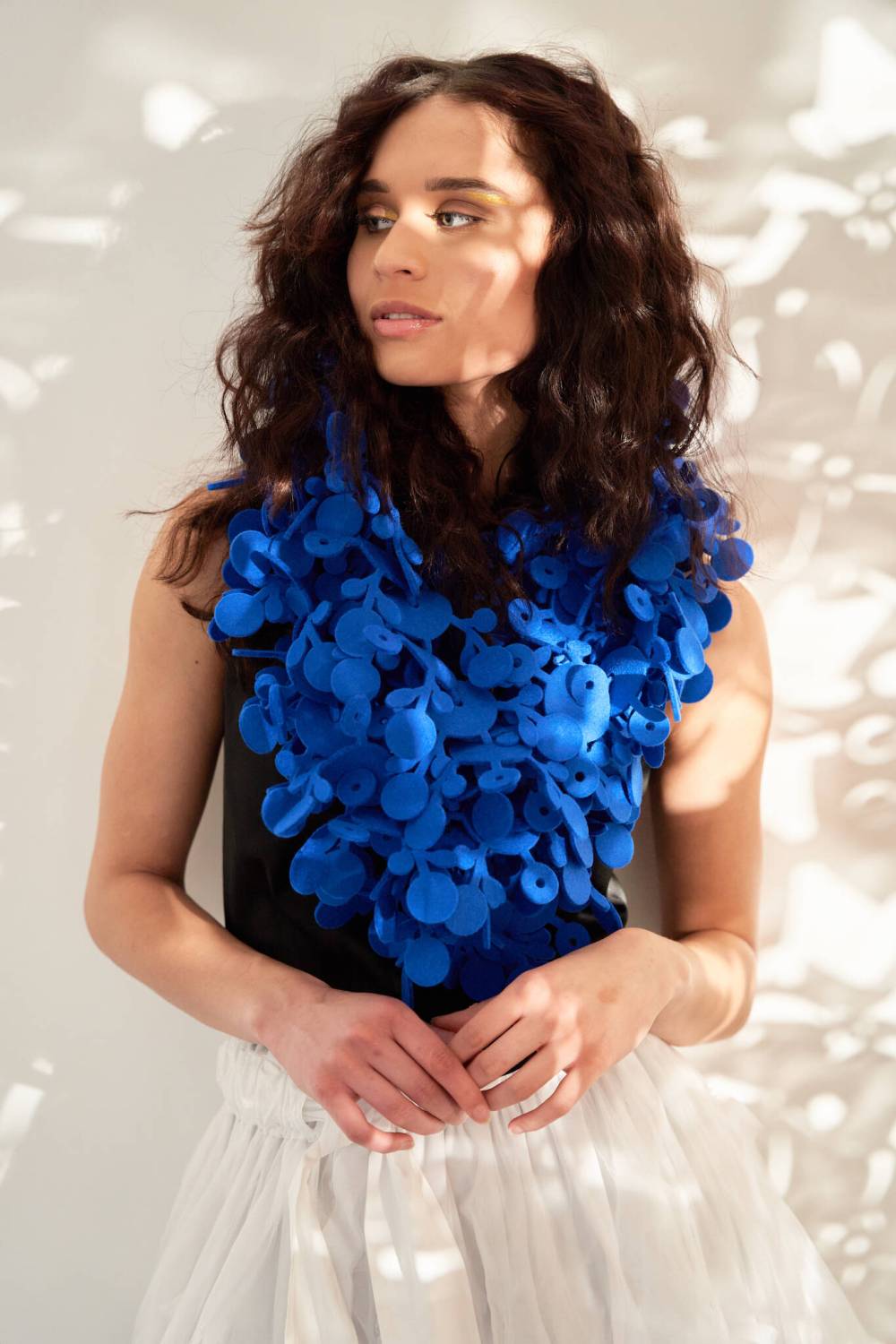
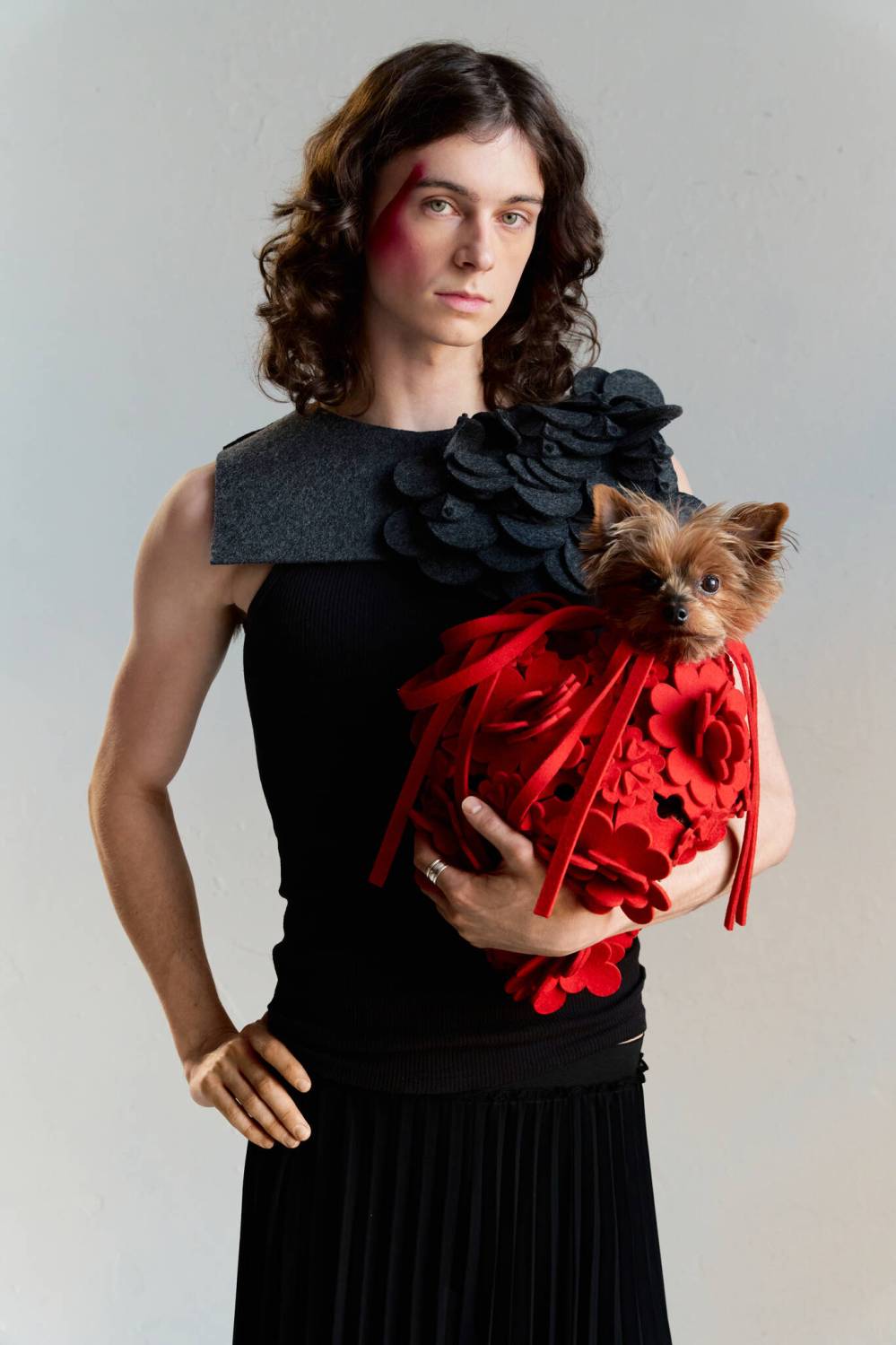

Jen Zoratti is a columnist and feature writer working in the Arts & Life department, as well as the author of the weekly newsletter NEXT. A National Newspaper Award finalist for arts and entertainment writing, Jen is a graduate of the Creative Communications program at RRC Polytech and was a music writer before joining the Free Press in 2013. Read more about Jen.
Every piece of reporting Jen produces is reviewed by an editing team before it is posted online or published in print – part of the Free Press‘s tradition, since 1872, of producing reliable independent journalism. Read more about Free Press’s history and mandate, and learn how our newsroom operates.
Our newsroom depends on a growing audience of readers to power our journalism. If you are not a paid reader, please consider becoming a subscriber.
Our newsroom depends on its audience of readers to power our journalism. Thank you for your support.
History
Updated on Friday, May 24, 2024 5:11 PM CDT: Updates cutlines
Updated on Friday, May 24, 2024 5:55 PM CDT: Corrects typos
